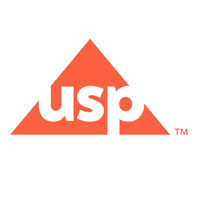 The United States Pharmacopeia (USP) is a non-profit organization that develops standards for human and animal drugs as well as food ingredients and dietary supplements.
The United States Pharmacopeia (USP) is a non-profit organization that develops standards for human and animal drugs as well as food ingredients and dietary supplements.
For pharmaceutical compounding facilities, USP has guidelines in four general chapters:
- USP <795> Pharmaceutical Compounding – Nonsterile Preparations
- USP <797> Pharmaceutical Compounding – Sterile Preparations
- USP <800> Hazardous Drugs – Handling in Healthcare Settings
- USP <825> Radiopharmaceuticals – Preparation, Compounding, Dispensing, and Repackaging
These four chapters provide guidelines for safety considerations, personnel qualification and training, facilities and engineering controls, microbiology and surface monitoring, cleaning and disinfection, and much more. Continue reading “USP Guidelines for Compounding Facilities”

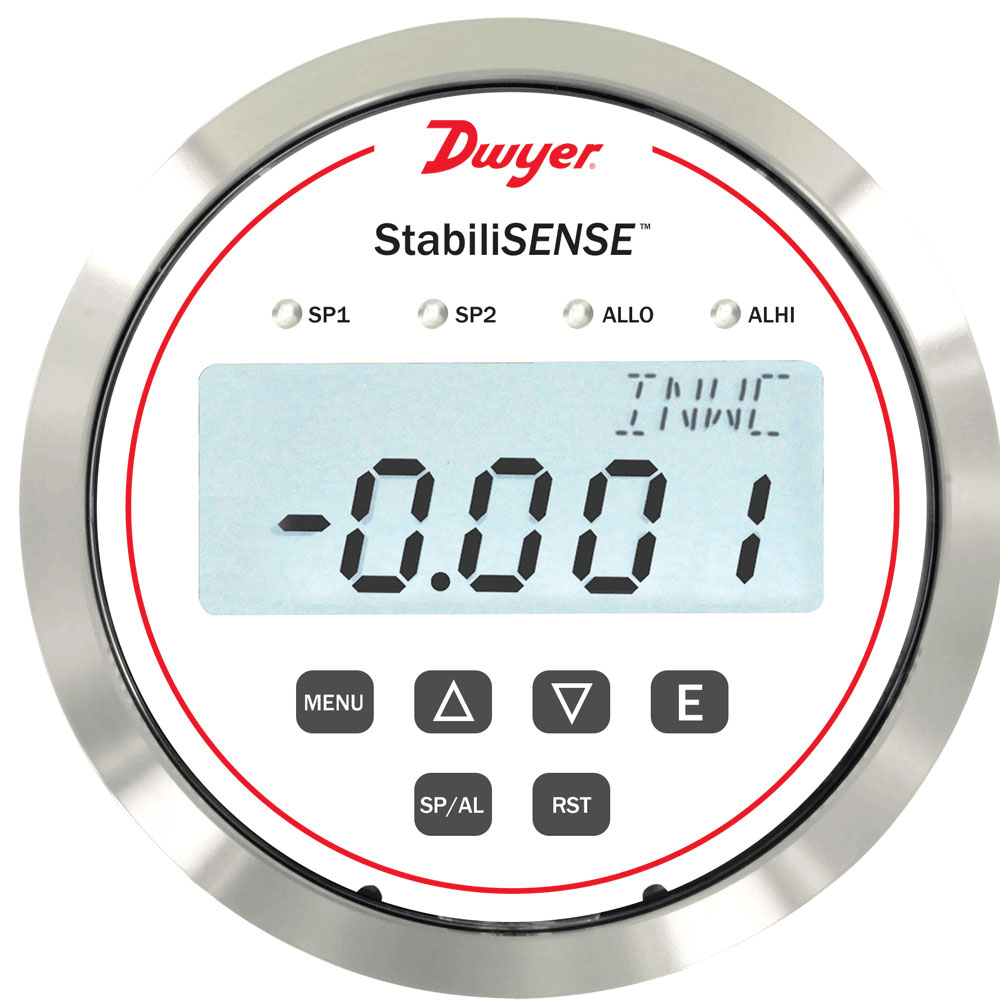
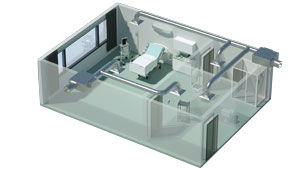
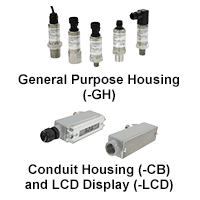
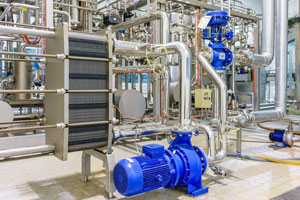 Many readers have likely heard the terms transducer and transmitter used interchangeably without much confusion. When searching the internet for either term, search engines provide nearly identical results. Are there any differences? The short answer is “yes”.
Many readers have likely heard the terms transducer and transmitter used interchangeably without much confusion. When searching the internet for either term, search engines provide nearly identical results. Are there any differences? The short answer is “yes”. 
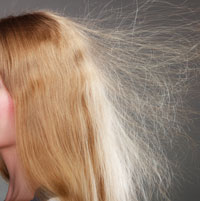 Electrostatic discharge (ESD) is a unique phenomenon that can be seen in everyday life. The effects of ESD can be seen by rubbing a balloon on your head, resulting in your hair sticking to the balloon, or by touching a doorknob or a pet in a dry building and receiving a static shock.
Electrostatic discharge (ESD) is a unique phenomenon that can be seen in everyday life. The effects of ESD can be seen by rubbing a balloon on your head, resulting in your hair sticking to the balloon, or by touching a doorknob or a pet in a dry building and receiving a static shock.